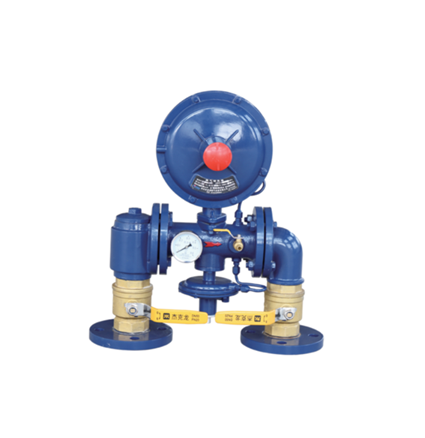
Sep . 01, 2024 16:05
Back to list
shut-off valve
Understanding the Shut-Off Valve A Key Component in Fluid Control
The shut-off valve is an essential fixture used in various industries to control the flow of fluids, including water, gas, oil, and other liquids. Its primary function is to stop the movement of fluid through a pipe or system when necessary, making it a critical component for ensuring safety, efficiency, and functionality in both residential and industrial applications.
The design of a shut-off valve is relatively simple, yet it plays a significant role in the overall operation of any fluid system. Typically, this valve consists of a body, a closing mechanism, and an actuator. The closing mechanism, which can be a gate, globe, ball, or butterfly, is operated either manually by a lever or automatically through an electric or pneumatic actuator. When the shut-off valve is in the closed position, it creates a complete stop to the flow, preventing any leaks or spillages that could lead to environmental hazards or operational disruptions.
One of the chief benefits of shut-off valves is their contribution to safety
. In the event of an emergency, such as a pipe burst or gas leak, being able to quickly close the valve can prevent catastrophic failures and protect both personnel and equipment. This is particularly crucial in high-stakes environments, such as chemical plants or oil refineries, where the implication of a fluid leak can be severe.shut-off valve

Additionally, shut-off valves are integral to system maintenance. They allow for specific sections of a pipeline to be isolated without the need to drain entire systems. This feature is especially beneficial in complex systems where complete shutdowns would be impractical or costly. With the ability to service particular areas while keeping the rest of the system operational, shut-off valves help maintain productivity and reduce downtime.
In terms of installation and operation, it is important to select the correct type of shut-off valve for the specific application. Factors such as the type of fluid, operating pressure, and temperature must be considered to ensure optimal performance. Regular maintenance checks are also vital to ensure the integrity and functionality of the valves, identifying any signs of wear or malfunction early can prevent costly repairs and downtime.
In conclusion, shut-off valves are crucial components in fluid handling systems, serving vital roles in safety, maintenance, and operational efficiency. Understanding their importance and functionality can enhance system design and management, leading to more reliable and safe operations across various industries. As technology advances, the evolution of shut-off valve designs continues to improve efficiency and effectiveness, making them truly indispensable in modern industrial processes.
Next:
Latest news
-
Safety Valve Spring-Loaded Design Overpressure ProtectionNewsJul.25,2025
-
Precision Voltage Regulator AC5 Accuracy Grade PerformanceNewsJul.25,2025
-
Natural Gas Pressure Regulating Skid Industrial Pipeline ApplicationsNewsJul.25,2025
-
Natural Gas Filter Stainless Steel Mesh Element DesignNewsJul.25,2025
-
Gas Pressure Regulator Valve Direct-Acting Spring-Loaded DesignNewsJul.25,2025
-
Decompression Equipment Multi-Stage Heat Exchange System DesignNewsJul.25,2025

